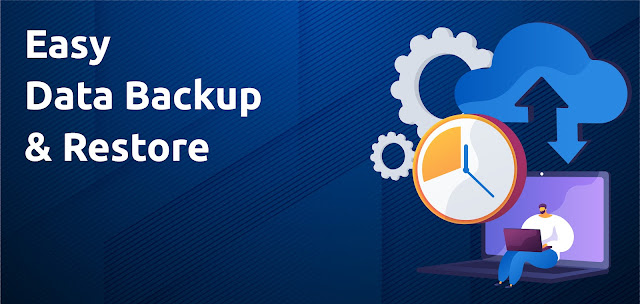Web scraping is a powerful technique that allows us to extract data from websites and use it for various purposes. From monitoring competitors' prices to extracting data for academic research, web scraping has a wide range of applications.
Python is one of the most popular programming languages for web scraping, thanks to its robust libraries and packages. In this article, we'll discuss everything you need to know about web scraping with Python.
1. What is Web Scraping?
Web scraping is the process of extracting data from websites. It involves writing a program that can automatically navigate through web pages and extract relevant information. This information can be saved in various formats, such as CSV, JSON, or Excel.
2. Why Use Python for Web Scraping?
Python is a popular programming language for web scraping because it has a wide range of libraries and packages designed specifically for this purpose. Some of the most commonly used libraries for web scraping in Python are BeautifulSoup, Scrapy, and Requests.
Additionally, Python is a relatively easy language to learn, so even beginners can get started with web scraping quickly.
3. How Does Web Scraping Work?
Web scraping involves sending requests to a website, parsing the HTML or XML code of the page, and extracting relevant information. Here's a step-by-step overview of how it works:
- Send a request to the website using Python's Requests library.
- Parse the HTML or XML code of the page using a library like BeautifulSoup.
- Identify the data you want to extract by locating specific HTML tags or CSS classes.
- Extract the data using Python code.
- Save the extracted data in a format of your choice.
4. Best Practices for Web Scraping
Web scraping can be a controversial topic, and it's important to follow best practices to ensure you're not breaking any laws or terms of service. Here are some best practices to keep in mind:
- Always check the website's terms of service before scraping data from it.
- Use a user agent to identify your scraper and avoid being blocked.
- Don't scrape too frequently or aggressively, as this can overload the website's servers.
- Respect websites' robots.txt files, which indicate which pages can and cannot be scraped.
- Don't scrape sensitive or personal information.
5. Examples of Web Scraping Applications
Web scraping can be used for a wide range of applications. Here are some examples:
- Scraping product prices from e-commerce websites to monitor competitors' prices.
- Extracting data from social media platforms for sentiment analysis.
- Scraping news articles for academic research.
- Collecting job postings from multiple websites for job searches.
- Scraping real estate listings for market analysis.
In conclusion, web scraping with Python is a valuable skill that can be used for a wide range of applications. By following best practices and using the right libraries and packages, you can extract valuable data from websites and use it to inform your business or research.
Source: https://nettyfy.com/the-ultimate-guide-to-web-scraping-with-python/



















































